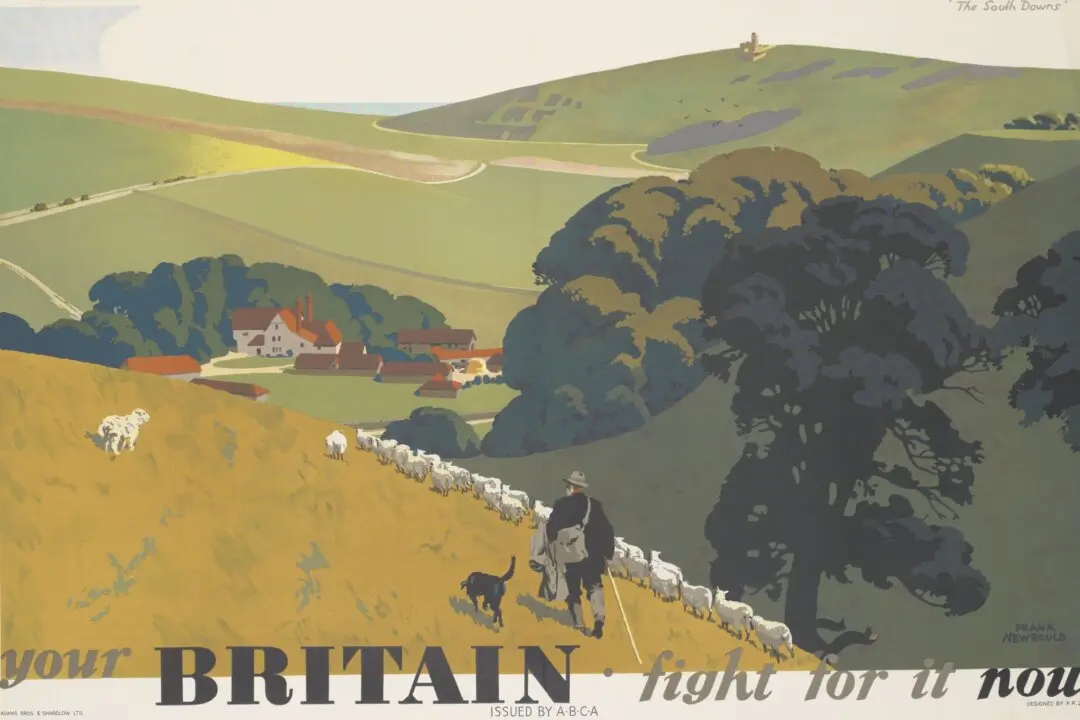1954 | Not Rated | 2h 3m | Drama, Western
Some filmmakers use a narrative trick that almost feels like cheating in order to pique curiosity about their films. This clever setup involves starting a movie in the present and having the characters elude to something critical to the story that happened in the past.





